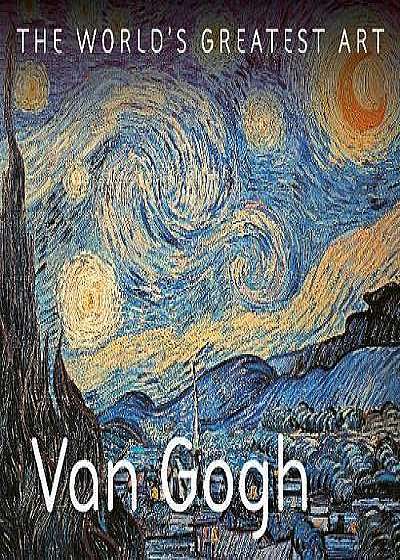
Van Gogh
Descriere
Vincent van Gogh (1853-90) has become, in the century following his death, a man on first-name terms with the world. His brief but eventful life has inspired the scrutiny of other painters, film-makers, psychologists and novelists, and his personal celebrity outstrips even the substantial fame of his works. While the popular appeal of such pictures as "Sunflowers" or "Starry Night" resides in their seemingly emotion-fuelled spontaneity, they are in fact the products of a reflective and idea-driven man who was profoundly interested in and inspired by all manner of literary, musical and artistic sources (as his huge body of correspondence reveals). Van Gogh's artistic career spanned the 1880s, and was born of a failed attempt to become a preacher. After his early work in the Netherlands, he arrived mid-decade in Paris, the cultural capital of the Western world and site of heated artistic debate. In 1888 he relocated to the south of France, where he worked in Arles (along with Gauguin), St-Remy and finally Auvers-sur-Oise, producing animated studies of peasants and the surrounding countryside. His painting changed radically in the course of this brief and peripatetic career, moving from an early "naturalistic" style to one of animated brushstrokes, stylized forms and intense, high-keyed colours. Van Gogh lived in poverty, however, and sold only one painting during his working life. Having suffered numerous nervous crises, and spent time recuperating in an asylum, he sank further into acute depression and shot himself in July 1890. Although he was almost unknown among the art world at the time of his death, his fame soon began to grow; the 20th century saw a romanticizing of his life into a legend of a tortured, impulsive genius. The author draws extensively on Van Gogh's own letters in order to illuminate his artistic development and the personal vision that lies behind his work, providing a balanced yet sensitive account of this most innovative and influential of artists.






